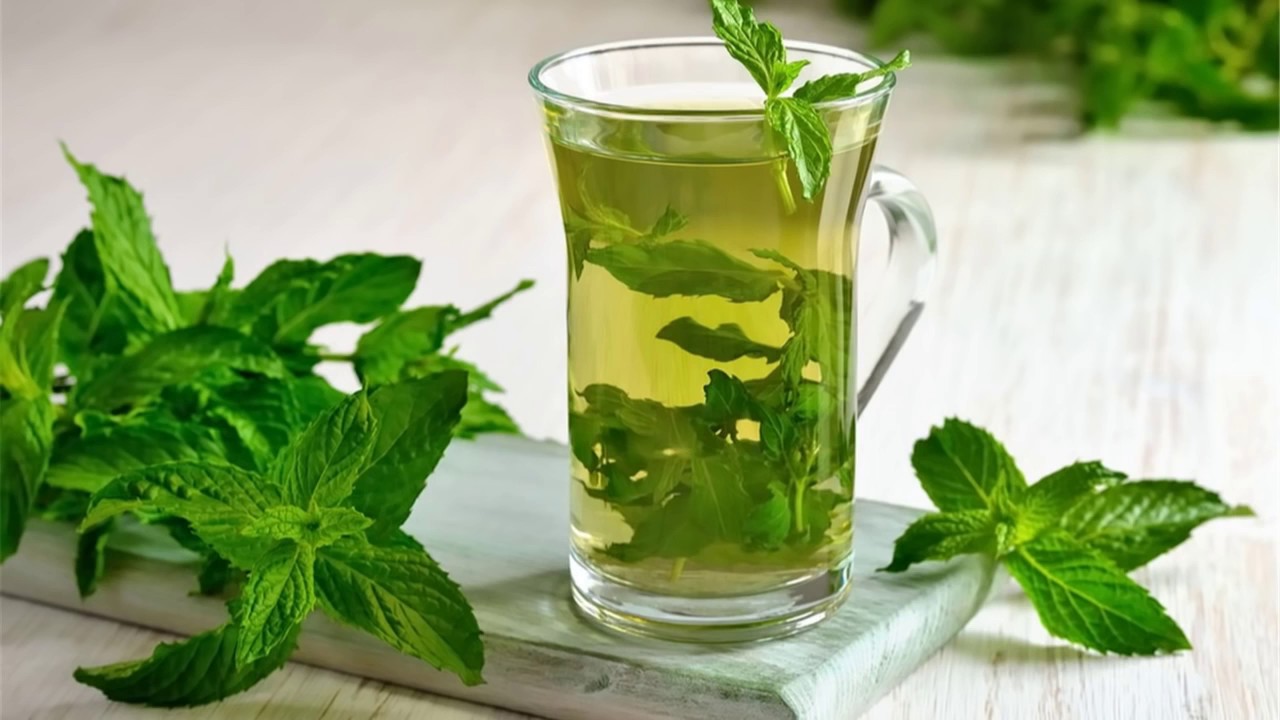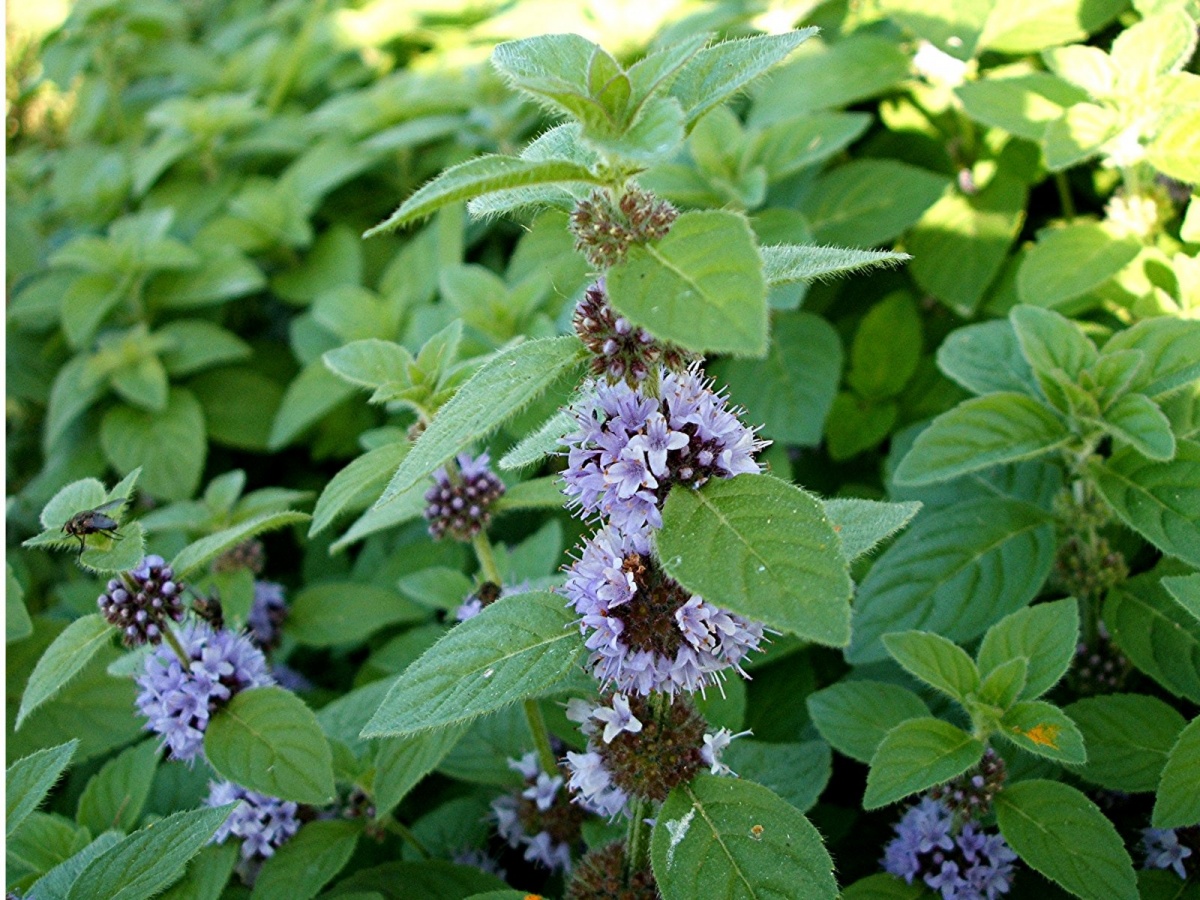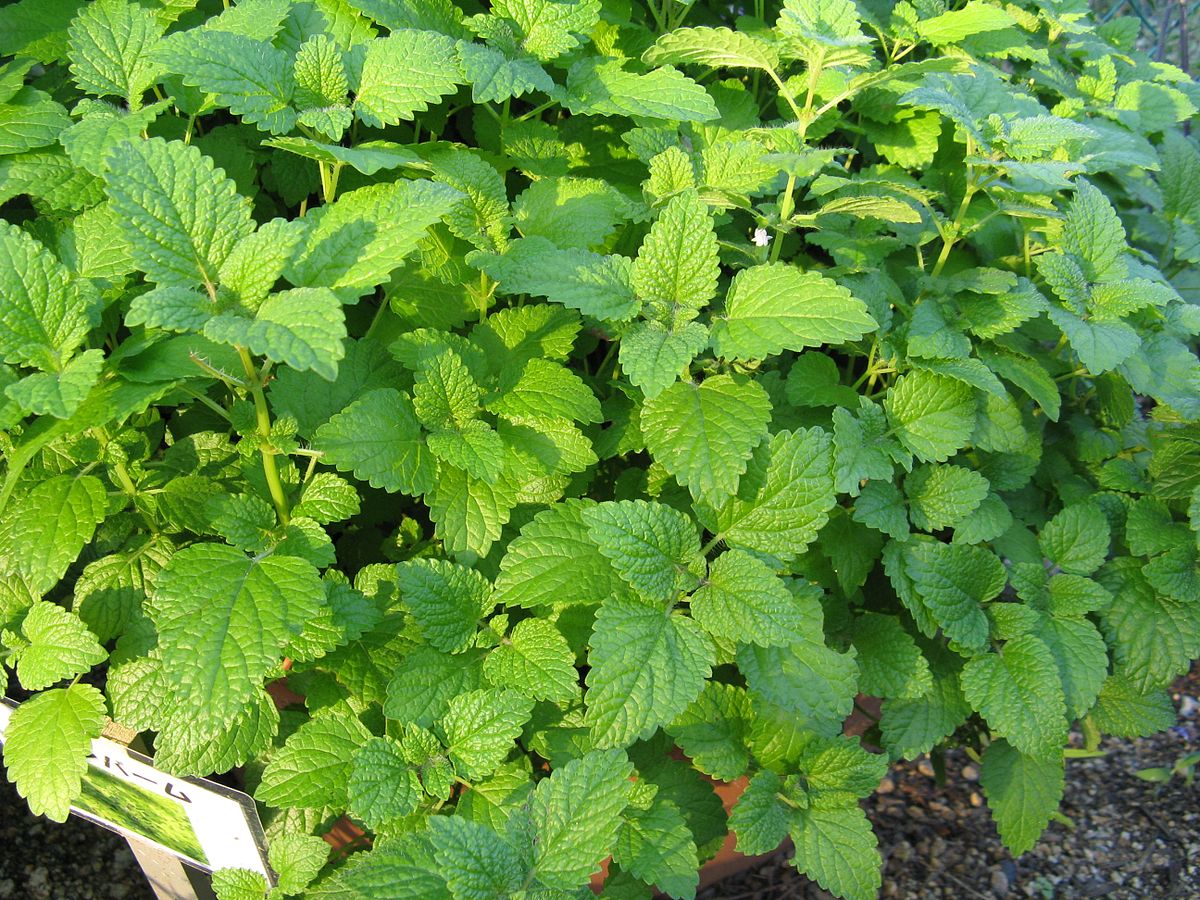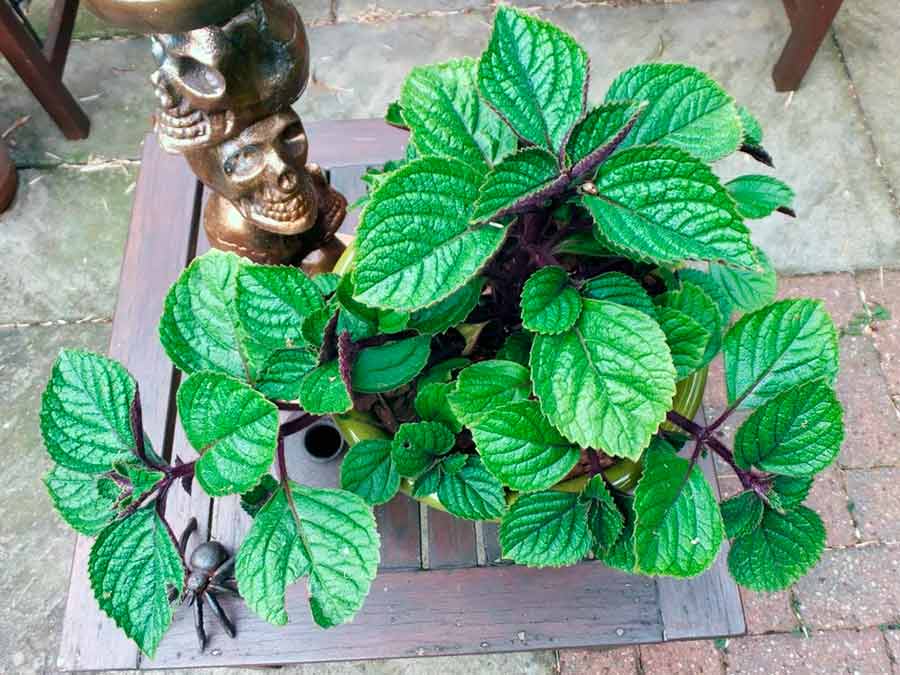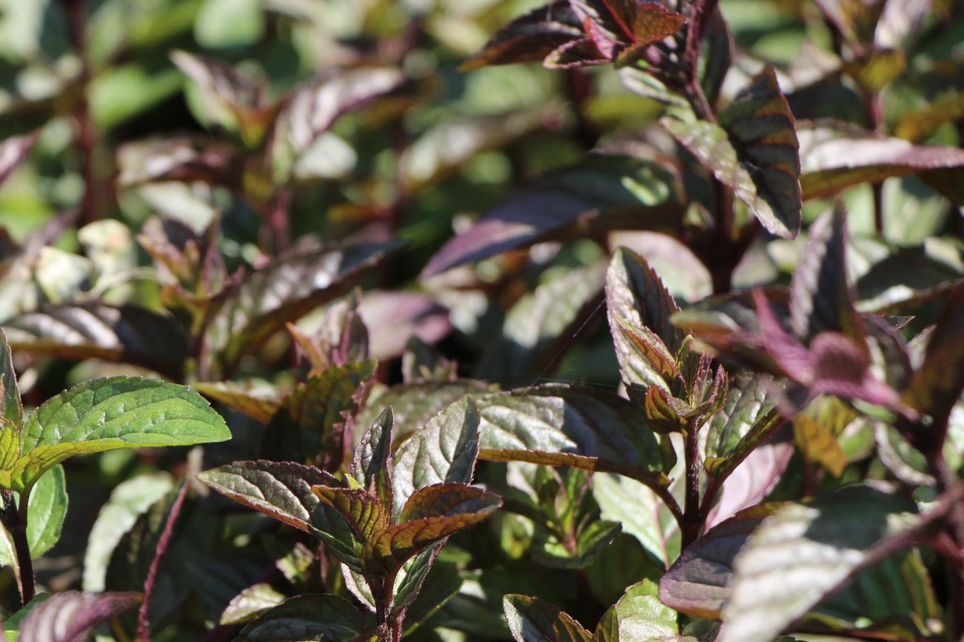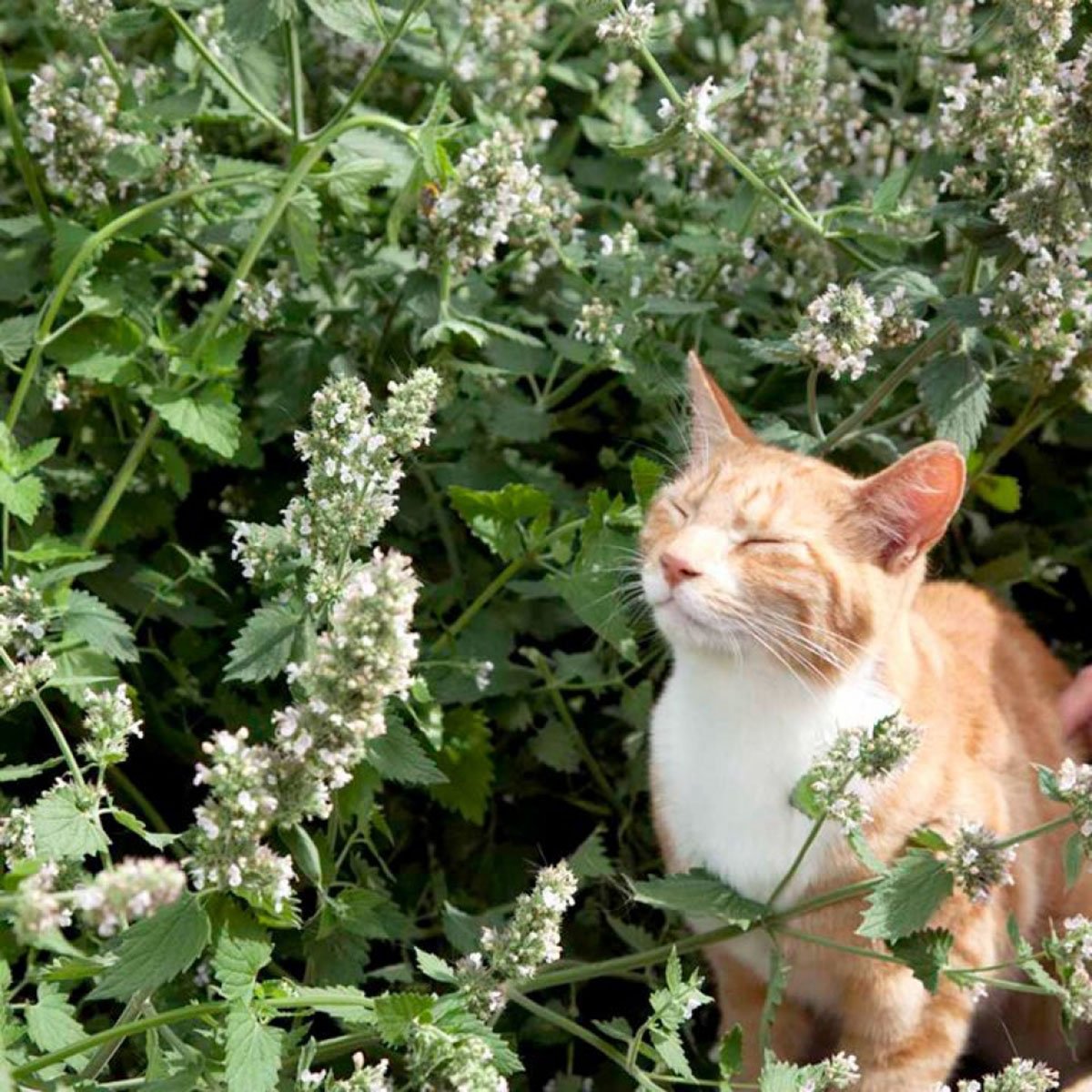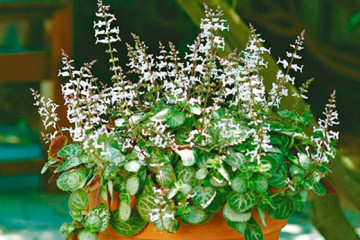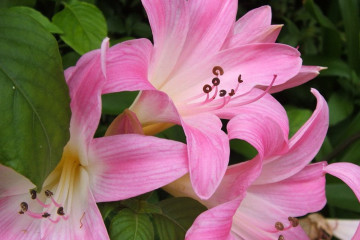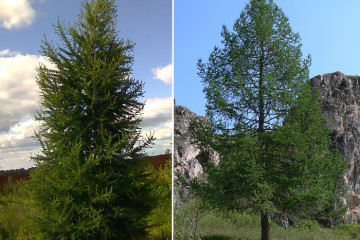What does mint look like - varieties and names
Content:
Mint has been known since antiquity for its aroma and pleasant taste. It is widely used in food, cosmetics and medicine. To find out what mint looks like, you need to take into account that the plant is represented by a variety of species.
Botanical description
Belongs to the genus of the Labium family. Other well-known aromatic herbs belong to this species - basil, oregano, lemon balm, thyme. The homeland of the perennial is considered to be Central Asia. According to The Plant List, the genus includes over 40 varieties.
The most famous species is common garden mint. It is a small shrub whose root system is horizontal and close to the surface of the soil. The leaves are oval, dark green. The plate is corrugated, as if covered with soft fibers. Inflorescences are presented in the form of brushes with small flowers, the color of which differs depending on the variety.
Where does mint grow in the wild? It is common in Europe and western Asia, preferring areas with good lighting and moderate humidity. Loves loose soil with low pH. It tolerates frost well, but cold spring nights are dangerous for young shoots.
Types of mint for the garden
What kind of mint is for planting in the open field is worth considering in detail.
Pepper
The garden variety is obtained by crossing two species - water mint and spike mint. What does peppermint look like? The bushes of the plant are low, usually 30-40 cm. The stem is naked, on it are oval, pointed to the edge, leaves on short petioles. They grow in a criss-cross pattern, have jagged edges and visible veins. Many have seen garden mint bloom. Small pale purple flowers are located at the end of the stem and are collected in a spike-shaped inflorescence. Fruits rarely appear, but look like four single-seeded nuts.
Menthol
A variety of peppermint with a creeping root system. The young stem is green, but with age it acquires a red tint. In favorable conditions, it can grow up to 1 m. Leaves are oval, bright green. The lower ones grow on short petioles, and the upper ones are attached to the stem by the base. It blooms with small purple flowers in mid-summer. Differs in a high content of menthol.
Curly (curly)
The botanical name is spearmint (curly). The leaves are in the shape of an elongated oval, rounded to the edge. The sheet plates are strongly corrugated, shaggy, with carved edges. Small pale pink flowers gather at the top of the main stem, the inflorescences look like spikelets.
Anise lofant
A shrub plant of the Agastakhe genus, belongs to the Mint rank. Botanical name - Fennel Mnogogolosnik. The leaves are arranged opposite each other on a branched stem. The pink or purple flowers gather at the top in spike-shaped inflorescences. In the northern regions, it is grown as an annual species.
Lemon mint
Looks like mint, but not species.Belongs to the Lipo family, but of a different genus - this is the main difference between plants. The correct name is lemon balm.
In the wild, it grows in Europe, southwest Asia, northern Africa and America, and the Caucasus. Loves humus-rich soil with low acidity and moderate humidity. A perennial with a branching root has a stem with fine hairs, on which petioles are attached oval or rounded leaves, pointed from above.
The inflorescences are annular, they contain 6-10 flowers with a blue corolla. Melissa blooms in the middle of summer. Fruits are small, consist of one-seeded nuts, ripen by the end of summer.
Home varieties
Types of plants that can be grown at home on windowsills or in greenhouses.
Home (Plectrantus or Sporotsvetnik)
The houseplant is represented by several species, but all of them with strongly branching stems and close-growing leaves of light or dark green color. The leaf plates are oval, carved along the edge. During the flowering period, corollas appear, the color of which depends on the species - blue, blue, white or lilac. The aroma is close to mint.
Chocolate
It was bred by Dutch breeders and is characterized by the aroma of chocolate and a brown tint on the leaves. The smooth stem can grow up to 50-60 cm. The shape of the leaves is semicircular, elongated, slightly corrugated and streaked. Small purple flowers are collected in inflorescences, in the place of which black mint seeds are formed.
Ginger
This is a mint herb, on straight stems of which wide, pointed green leaves with yellow veins grow. It blooms with pink or purple flowers that gather in spikelets. This form does not contain menthol.
Can be grown on windows and balconies, planting in small pots or containers in spring. She loves loose, fertile soil. You can propagate by seeds, cuttings or dividing bushes. Growth requires good lighting and a warm climate. All varieties of mint love abundant watering and spraying.
Unusual varieties
There are many subspecies of the plant, among which there are rare and exotic ones.
Korean mint
Other names are "Tibetan lofant" or "wrinkled multicolor". A perennial shrub common in East Asia. Grows up to 1 m.
Oval leaves with sparse serrations along the edge sit on short petioles. I wonder how Korean mint blooms and smells. White or purple flowers have a faint aroma of anise and are collected in spike-shaped inflorescences.
Dog mint
Alternative name - "ivy budra" or "creeping". The fragrant plant belongs to the Labiate family, like mint, but to the Budra genus. Grows wild in the temperate zone.
Round leaves with a carved edge and thin veins are attached to the stem with long petioles. Tubular flowers of a violet or lilac shade are collected in bunches. Flowering occurs at the beginning of summer, and ripening of fruits in August.
Cat mint
Like the canine, it belongs to the Lipoceae family, but to the catnip genus. It has a strong lemon scent that attracts cats, which is why the plant got its name. It grows in temperate latitudes and subtropics in clearings, slopes and along roads.
On the fluffy stem, there are shoots and leaves in the shape of a heart, pointed to the edge and with large notches. White mint flowers with purple spots are collected in semi-umbellate inflorescences. It blooms in the middle of summer, seeds in the form of nuts ripen in August.
Benefit and harm
The beneficial properties of the plant have been known for a long time, since antiquity, and are due to the composition:
- vitamins: A, group B, ascorbic and niacin;
- micro- and macroelements: potassium, magnesium, iron, zinc, sodium, phosphorus, copper, calcium;
- amino acids: leucine, phenylalanine, valine, aspartic and glutamic acids;
- phytosterols;
- fatty acid.
To make decoctions, teas and infusions, mint leaves are used. Why is their use for a person useful:
- improve the work of the digestive tract;
- eliminate nausea;
- have a choleretic effect;
- dilate blood vessels, stop spasms and lower blood pressure;
- used as an antiseptic;
- relieve itching;
- calm the nerves;
- used for inhalation for diseases of the upper respiratory tract;
- used as a mouthwash.
There are also contraindications:
- individual intolerance;
- age up to 3 years;
- low pressure;
- bronchial asthma;
- varicose veins.
For men, abuse threatens the development of an unpleasant side effect - a decrease in potency and sperm motility.
There are many types and varieties of mint. The most common are grown in summer cottages, at home on the window. The plant has earned love and popularity due to its pleasant taste, aroma and beneficial properties.
